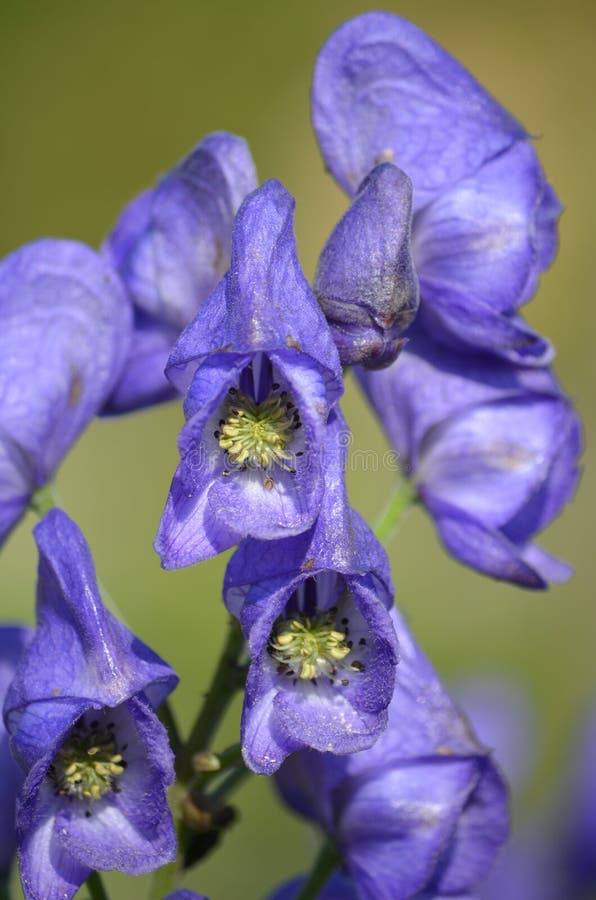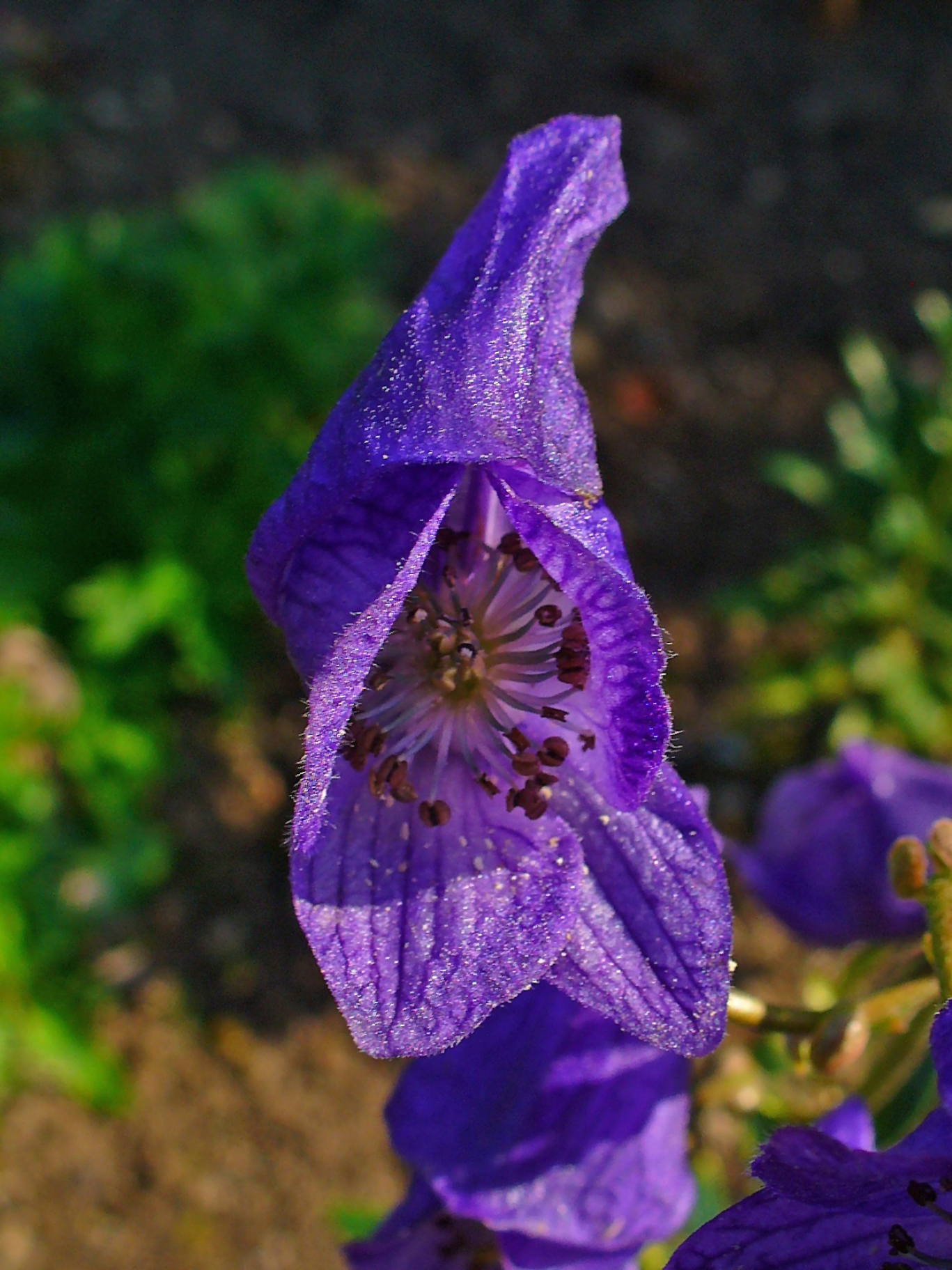

She is thought to be responsible for around 600 deaths by poisoning.
#WOLFSBANE POISONING SERIAL#
Giulia Tofana might have been the most prolific serial killer in world history. THE LONG, DARK HISTORY OF WOMEN POISONING THEIR SPOUSES Giulia Tofana.

This article examines the history of women poisoning their husbands reaching back to the 1600s as well as 15 specific women who used this method to get rid of a man who was either abusive or inconvenient. author Katherine Watson studied 540 cases of murder by poisoning in England from 1750 to 1914 and found that when women killed, they were “far more likely than men to choose poison as their weapon.”

He committed suicide when his forces were defeated, and Cleopatra then returned to Egypt to do the same.In a book called Poisoned Lives: English Poisoners and Their Victims. She was Julius Caesar's mistress in Rome and, after he was assassinated, she returned to Egypt and began a relationship with Mark Antony, one of the three leaders of Rome after Caesar's death.Ĭleopatra joined Antony at the Battle of Actium in Greece. and was the last pharaoh before Egypt became a Roman province. In Shakespeare's Antony and Cleopatra, she dies in the final scene from the bite of two asps - one to her breast and one to her arm.Ĭleopatra ruled Egypt from 51 to 30 B.C. It was only in the 15th century that painters first started showing Cleopatra with an asp on her arm, and later, they painted the snake on her breast. Many of the ancient depictions of Cleopatra with a cobra, however, were simply showing her reception in the afterlife, he said. A cobra can be fatal, and Cleopatra has historically been pictured with one, "so it makes sense" for people to believe that version, he said. "Opium is quiet and with it, one can really fall into a deadly sleep," Schaefer said.Īsked why the tale of the asp has lingered for more than 2,000 years, he said most people simply believed the common story. They decided it was hemlock, mixed with wolfsbane and opium. Schaefer said he worked with German toxicologist Dietrich Mebs to determine which poisons Cleopatra might have used. Death by poison would make sense given the way in which Cleopatra wanted to die, and the fact that she died at the same time as her two handmaidens, he said. would have been so high that a snake probably wouldn't have stayed still enough to bite, he said.Īncient papyri show that Cleopatra knew about poisons, and one papyrus says she actually tested them, Schaefer said. Also, temperatures in August - when Cleopatra committed suicide in 30 B.C. When a person does die from a cobra bite, he said, "it doesn't go quickly - it is a horrible death," in which it takes hours to die and the victim suffers paralysis to parts of their body, including the eyes.Ĭleopatra died a "quiet and pain-free death," according to the Roman historian Cassius Dio, writing about 200 years after she died, Schaefer said.Īncient texts also say Cleopatra's two assistants died with her, but that would be unlikely if she had died of a snake bite, the historian said. He also deduced that Cleopatra wouldn't have chosen to die by a snake bite because she was intent on suicide - and a cobra, he said, is not always fatal. Schaefer said he studied historic writings and consulted a toxicologist to develop the theory, which is due to be featured Wednesday on the German channel ZDF as part of a program on the Egyptian queen. An asp is a small venomous snake also called the Egyptian cobra. "It is certain that there was no cobra," Schaefer told CNN by phone Wednesday. The theory by Christoph Schaefer, a professor of ancient history at Trier University, challenges the common, centuries-old belief that Cleopatra committed suicide with the bite of an asp.

(CNN) - Cleopatra, the queen of Egypt, died from drinking a mixture of poisons and not from a snake bite, a German historian said Wednesday.


 0 kommentar(er)
0 kommentar(er)
